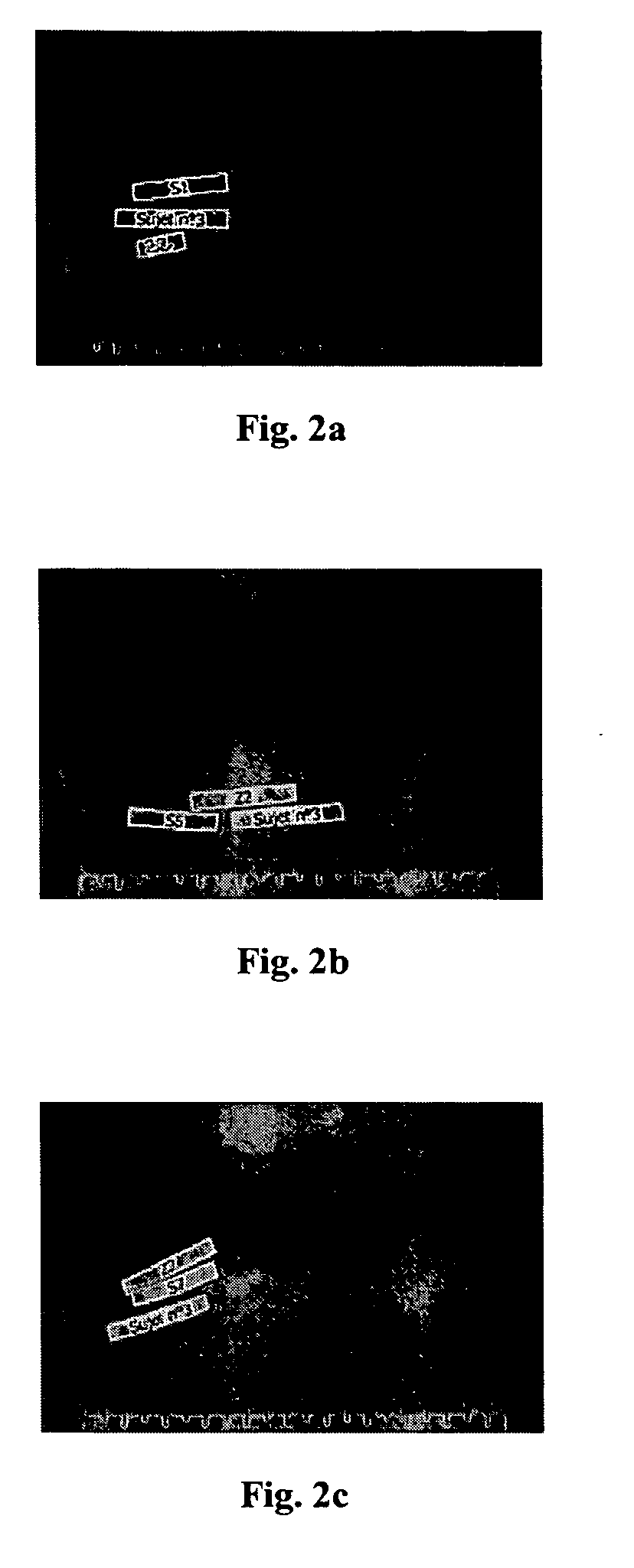Methods and compositions for preventing and treating radiation-induced skin reactions
- Summary
- Abstract
- Description
- Claims
- Application Information
AI Technical Summary
Benefits of technology
Problems solved by technology
Method used
Image
Examples
example 1
Preparation of an Embodiment of a Hydrogel Composition
[0057] An aqueous solution of activated polyethylene glycol (PEG) was mixed with an equal volume of a soy protein solution. The resultant mixture was cast between two films to give a hydrogel with a thickness of about 1.8 mm and cut to a dimension of about 8 cm by 20 cm. After polymerization, the hydrogel was incubated in a buffered solution to remove by-products and unreacted PEG and soy protein. The purified hydrogel was submerged in a phosphate-buffered saline solution containing ethylenediaminetetraacetic acid (EDTA) (0.9 wt. % sodium chloride, 0.2 wt. % EDTA, and 0.16 wt. % sodium phosphate monobasic) and preservatives at pH 5.5 to integrate one or more electrolytes into the hydrogel.
example 2
Study on Human Subjects Receiving Radiation Therapy as Treatment for Breast Cancer
[0058] Fifteen patients with breast cancer receiving radiation therapy were equally divided into three groups and randomized to receive one of the following treatments: (1) a preventive treatment with the hydrogel composition of Example 1, (2) a curative treatment with the hydrogel composition of Example 1, and (3) a curative treatment with a commercially available trolamine ointment. The efficacy of the hydrogel composition for the prevention and intervention of radiation-induced skin toxicity was evaluated.
[0059] Skin toxicity grading has previously been defined by the Radiation Therapy Oncology Group (RTOG). Grade 0 skin toxicity corresponds to no physical signs of skin toxicity. Grade 1 skin toxicity displays follicular, faint, or dull erythema; epilation (loss of hair), dry desquamation, or decrease in sweating. Grade 2 skin toxicity corresponds to tenderness with bright erythema; patchy, moist ...
PUM
| Property | Measurement | Unit |
|---|---|---|
| Time | aaaaa | aaaaa |
| Biocompatibility | aaaaa | aaaaa |
Abstract
Description
Claims
Application Information
 Login to View More
Login to View More - R&D
- Intellectual Property
- Life Sciences
- Materials
- Tech Scout
- Unparalleled Data Quality
- Higher Quality Content
- 60% Fewer Hallucinations
Browse by: Latest US Patents, China's latest patents, Technical Efficacy Thesaurus, Application Domain, Technology Topic, Popular Technical Reports.
© 2025 PatSnap. All rights reserved.Legal|Privacy policy|Modern Slavery Act Transparency Statement|Sitemap|About US| Contact US: help@patsnap.com



